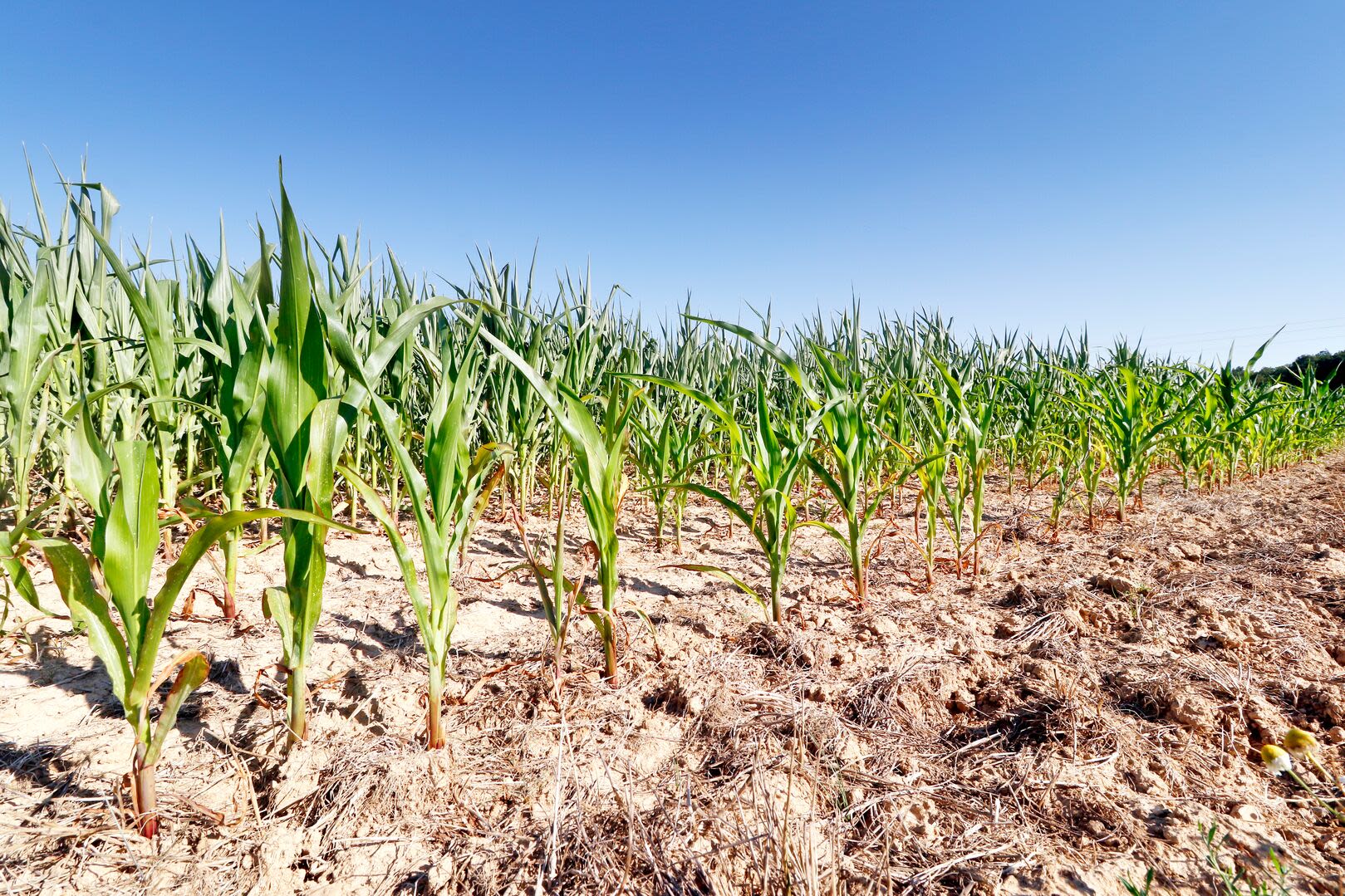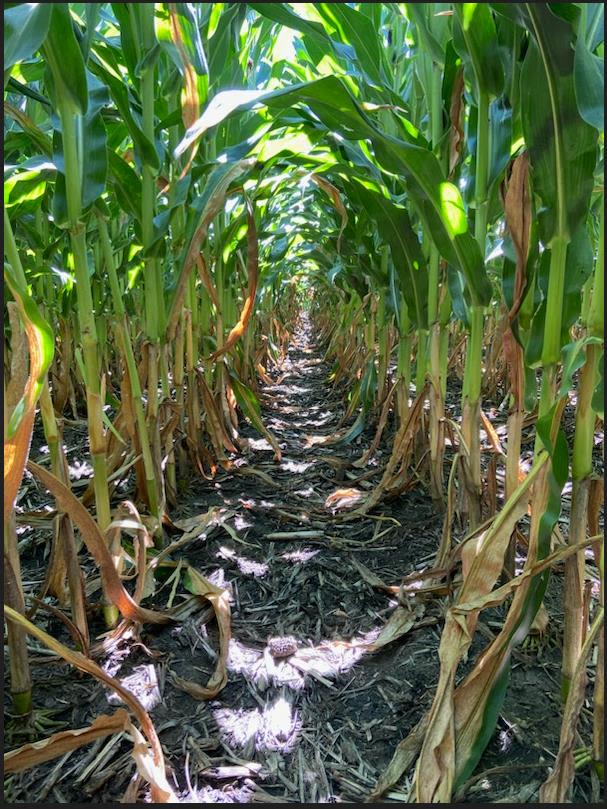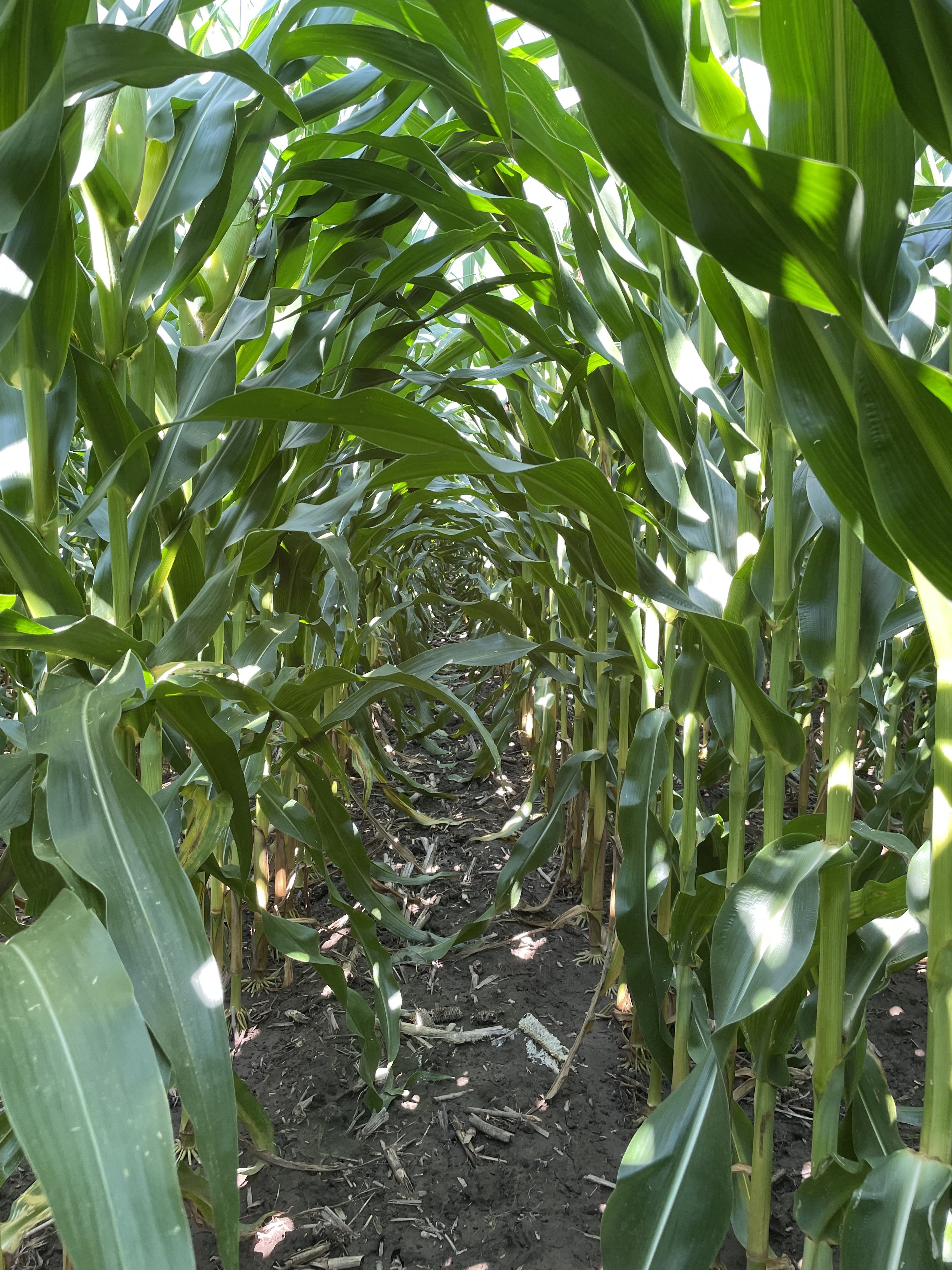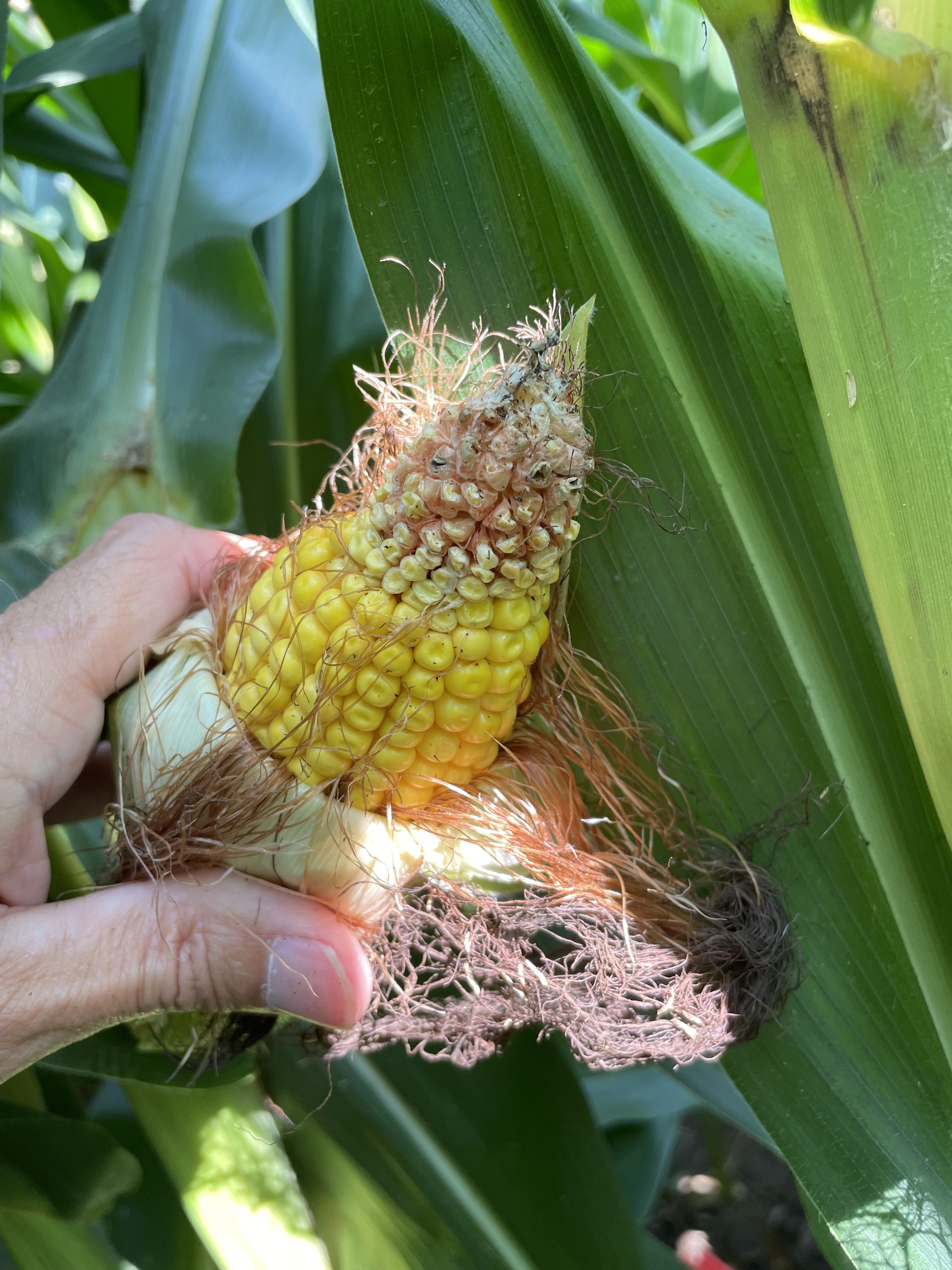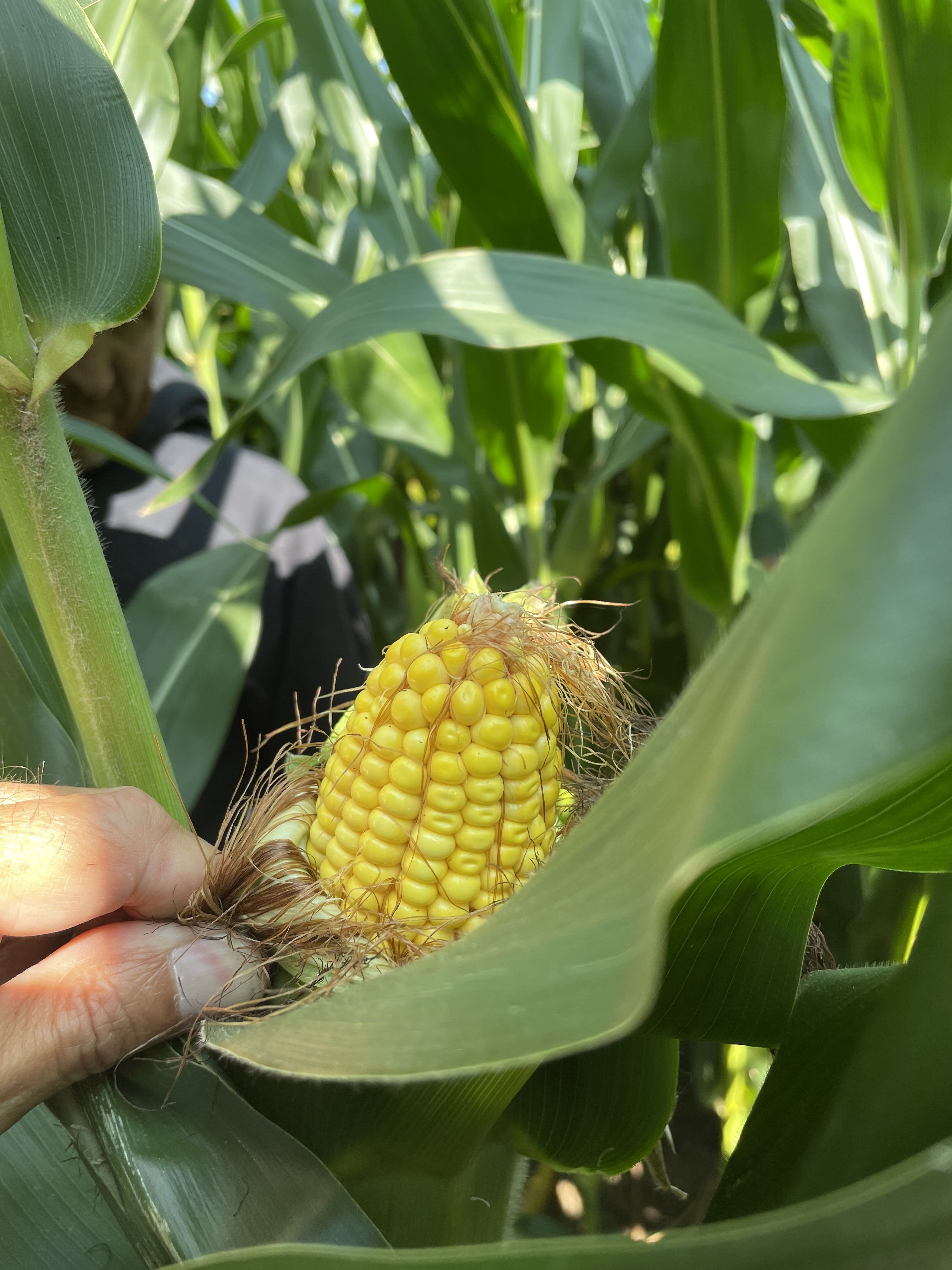Supporting plants to thrive in drought conditions
New technologies proving their worth in the field

When a corn plant thirsts for water, it performs a remarkable defensive maneuver: its leaves curl inward, retreating from the sun's harsh rays.
This protective response, called leaf rolling, helps the plant conserve what little moisture it has left. By reducing its leaves' exposure to sunlight, the plant minimizes further water loss.
New technologies are allowing crops to better withstand stresses such as drought.
New technologies are allowing crops to better withstand stresses such as drought.
For farmers, leaf rolling is one of the early warning signs that a crop is suffering from drought stress. Without intervention, the plants will wither, starved of the nutrients they need to thrive. In severe cases, drought can devastate entire harvests.
But what if we could help our crops become more resilient to drought conditions? That’s a promising finding about two technologies in Syngenta’s toolkit.
Tyler Harp, Fungicide Technical Manager at Syngenta Crop Protection, says it’s another layer of support for farmers toiling in drought conditions.
“We have observed that certain classes of fungicides can help preserve yield in the presence of not only biotic stress caused by pathogens, but also abiotic stress from environmental conditions like heat or drought.
“The ability of these ‘plant health’ fungicides to minimize water vapor loss and improve water and nutrient-use efficiency helps crops increase their ability to withstand stress and maximize their yield potential.”
Higher yields, lower impact
The finding, from a 2017 study published in the journal of Pest Management Science, reaffirms what Syngenta’s agronomists have seen firsthand in the fields in corn, soya and wheat.
Over a three-year study, scientists tested how wheat crops treated with certain technologies in crop protection products – in this case, Syngenta’s SOLATENOL® technology and ADEPIDYN® technology – responded to drought conditions.
They kept a close eye on the plant’s transpiration rate, or the speed at which its leaves lost water.
Like humans who cool themselves through sweating, plants rely on transpiration as their primary cooling mechanism. However, excessive water loss can be fatal. When plants lose more water than they take in, growth stops. Ultimately, dehydration can kill them.
But the scientists in this study discovered that crops treated with these technologies lost less water in drought conditions than those that weren’t and were able to maintain good photosynthesis activity.
Within one day, the transpiration rate was down 5.7 percent in the treated plants. By day three, the effect strengthened to 7.3 percent lower transpiration. This was still the case for a further three days.
Because the treated wheat lost less water in drought conditions, it was able to better withstand drought conditions – growing healthier and stronger. The yields of these treated plants improved 5.2 percent.
These benefits are known as secondary effects of the products, as they are positive side effects of those technologies.
Corn crops untreated (first picture) compared to corn crops treated (second picture) with products containing ADEPIDYN® technology.
Corn crops untreated (first picture) compared to corn crops treated (second picture) with products containing ADEPIDYN® technology.
Corn crops untreated (first picture) compared to corn crops treated (second picture) with products containing ADEPIDYN® technology.
Corn crops untreated (first picture) compared to corn crops treated (second picture) with products containing ADEPIDYN® technology.
Corn growing in drought conditions cannot reach its full potential - the stunted growth and empty kernels in this ear are a tell-tale sign of drought stress.
Corn growing in drought conditions cannot reach its full potential - the stunted growth and empty kernels in this ear are a tell-tale sign of drought stress.
A well developed corn ear from a crop which had been treated with Syngenta products containing ADEPIDYN® technology.
A well developed corn ear from a crop which had been treated with Syngenta products containing ADEPIDYN® technology.


From the lab to the farm
In fields around the world, growers have seen the benefits of these active ingredients in their yields, even as drought growing conditions become more severe and prolonged around the world as the effects of climate change intensify.
In the year to July 2024, a total of 52 prolonged drought events were recorded globally, in areas including South America, central and eastern Asia and central Africa. That’s an average of one every week.
However, if plants can be more efficient in their water use after these products are applied, they can also utilize essential nutrients, including nitrogen, Harp says.
“As crops are better able to manage and conserve water, this ensures a more efficient plant that can maintain longer periods of active energy production that translates into higher yields.”
Although farmers cannot control weather conditions, they can choose how they respond to them.
By choosing evidence-backed products, growers can continue to grow enough food to feed the world’s growing population – even in drought conditions.

